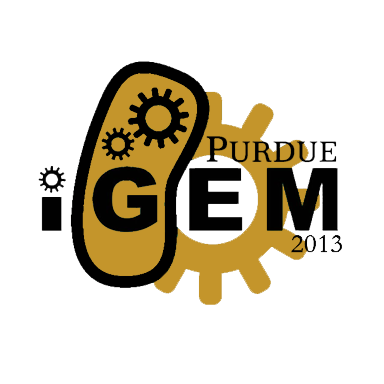Goal
Background
One of the overwhelming problems that synthetic biologists face on a daily basis is the variability in genetic constructs. With our ever persistent drive to find a way to develop a standard set of parts for synthetic biology, it is often overlooked that these “standard” parts do not interact the same way that a nut and a bolt do. Sure the threads of each must match for compatibility, but you are guaranteed that a matching set of nuts and bolts will hold together a table just as well as they will hold together a chair, or a piece of metal machinery, or the engine of your car.When we place together a promoter with a new gene of interest we do not yet have these compatibility rules to know how a promoter will work with this gene of interest. We, as synthetic biologists, still don’t know that one promoter/gene will work the same way in one strain of E. coli as they will in another E. coli. For synthetic biology to truly emerge as a field that can capitalize in industry, we must find novel ways of engineering biological systems reliably using our own standard parts.
Protocol for Using the Taguchi Method
Experimental Design
Challenges and Failures
Transformations
There were many different factors that contributed to unsuccessful transformations. The first was improper lab technique as we went through the summer learning the basics of aseptic technique and growing cultures. The next was cells that had been thawed too many times rendering them incompetent which was not realized until later on in the process. Finally, changes in our working space altered the growing conditions so as to not be optimized for E. coli growth which set us back in our schedule.We learned that although we take for granted the beneficial act of bacterial cells up-taking DNA, these cells cannot maintain a state of competency forever. In a natural environment this would increase their vulnerability to outside toxins that could also enter the cells through engorged pores.
 "
"
